IP filing in multiple jurisdictions: How to navigate contrasting laws
05 July 2022

Differences in legislation concerning intellectual property rights, how they are recognized and how they are enforced among jurisdictions create challenges for IP rights applicants.
A leading example of this is the first-to-file and first-to-use trademark registration systems being used.
In the first-to-file system, the party which filed the trademark application first is the holder of the trademark. This holds true even if the trademark was previously used by someone else or by another party, except in the case of a well-known trademark. Indonesia, Japan, Thailand, Vietnam, China and the EU, among others, use the first-to-file registration system.
In the first-to-use system, the first to actually use the trademark is the holder of the trademark even if it has not been registered. Singapore, Australia, Malaysia, the U.S. and Canada use the first-to-use registration system.
Another example is the recognition of non-traditional trademarks such as 3-D shapes, scents, textures and holograms. One jurisdiction may provide protection for a particular non-traditional trademark while another jurisdiction does not. For instance, Japan recognizes scent as a trademark and provides protection for it. In Indonesia however, this is not possible.
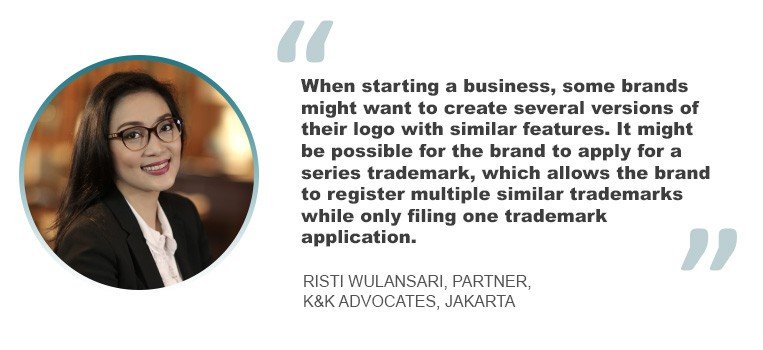
A third example are series trademarks. These are multiple trademarks with similarities such as different versions of a logo with features that are very much alike.
“When starting a business, some brands might want to create several versions of their logo with similar features. In that case it might be possible for the brand to apply for a series trademark, which allows the brand to register multiple similar trademarks while only filing one trademark application. However, not all jurisdictions recognize series trademark registration,” explained Risti Wulansari, a partner at K&K Advocates in Jakarta.
In Indonesia, for instance, a brand comprising different colours would have to be filed via separate applications to cover the different colours involved. Meanwhile, in Australia, applications for series trademarks are accepted.
Also, the examination process varies among jurisdictions. To illustrate, the United States Patent and Trademark Office examines trademark applications on both relative and absolute grounds. On the other hand, the European Union Intellectual Property Office examines trademark applications only on absolute grounds. This means prior trademark owners must oppose third parties' potentially conflicting applications to protect their prior rights.
Moreover, trademarks considered inherently distinctive and registered in one country may be refused in another for being "per se descriptive."
Let’s go to patents.
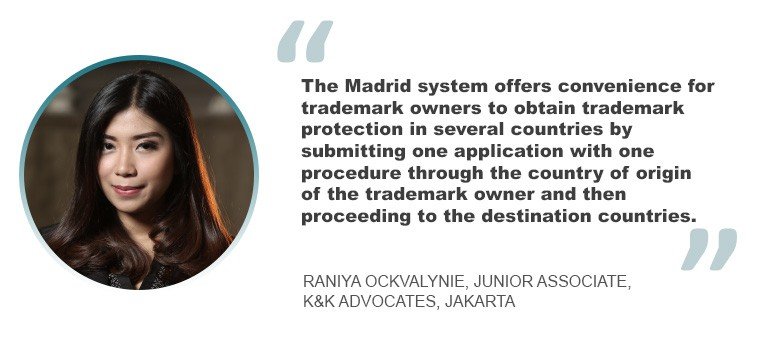
While the novelty, inventive step and industrial applicability is common in all jurisdictions, the criteria in applying these may vary.
In Europe, for example, the problem-solution approach is used for evaluating inventive step, whereas in the U.S., the teaching, suggestion and motivation (TSM) test is used. In contrast, there is no defined approach required in India, according to Ranjna Mehta-Dutt, a partner at Remfry & Sagar in Gurugram. The controller decides which approach to use when assessing inventive step – whether it’s the problem solution approach, the TSM test or a combination of both.
Furthermore, while the U.S. allows an invention pertaining to new uses of known substances and Europe allows medical uses such as “Substance X for use in the treatment of Disease Y”, this isn’t the case in India. Under Indian laws, the mere use of a substance is not regarded as relevant to an invention.
The Indonesian Patent Law No. 13 of 2016 provides another example. While it provides protection to simple patents, this isn’t the case in other jurisdictions such as Singapore.
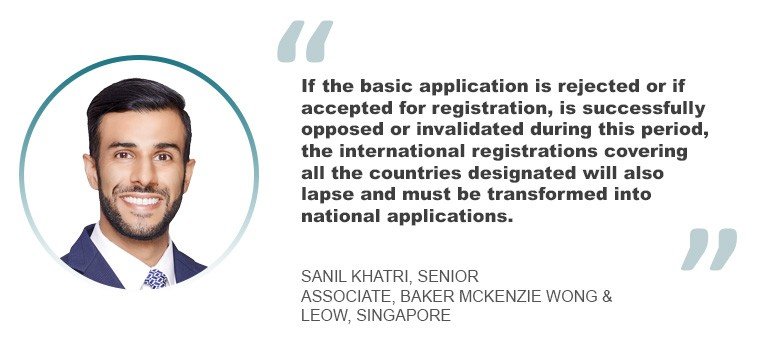
“Some of the issues encountered in patents will be the extent of patentability of software and whether there are absolute novelty requirements or a 6-month or 12-month grace period for disclosure of a patent before filing for a patent,” added Coral Toh, principal and managing director at Spruson & Ferguson in Hong Kong.
These are just some examples of contrasting or different IP laws among jurisdictions.
Given these differences, how then does a business enterprise aiming to file for IP registration in multiple jurisdictions navigate through all these?
“There is no panacea for this issue. However, we offer some suggestions for improving the chances of success for IP registration in multiple jurisdictions,” said Thi Kieu Hoa Tran, of counsel at BMVN International, Baker McKenzie’s officer in Hanoi. “Prior to filing for trademark registration, it is best to conduct clearance searches to determine a mark’s availability for use and registration in each jurisdiction.”
Tran shared that the firm recently assisted a Vietnamese client in registering trademarks in multiple countries, including EU countries, the U.S., China, Hong Kong and Australia. During the pre-filing trademark search phase, they discovered that the registrability of the marks varied in these jurisdictions.
“With that in mind, we assisted our client in developing an appropriate filing strategy, in which marks were filed for trademark registration only in jurisdictions where they were deemed distinctive. Meanwhile, to increase the likelihood of registration success, marks considered descriptive under current practice and laws in other countries were filed in combination with other distinctive elements. With such a versatile and practical strategy, our client was able to obtain trademark protection for their core marks in multiple jurisdictions,” Tran said.
The Madrid Protocol international trademark system also proves to be useful in this regard.
“The Madrid system offers convenience for trademark owners to obtain trademark protection in several countries by submitting one application with one procedure through the country of origin of the trademark owner and then proceeding to the destination countries through the WIPO acting as the international bureau,” said Raniya Ockvalynie, a junior associate at K&K Advocates in Jakarta.
According to Sanil Khatri, a senior associate at Baker McKenzie Wong & Leow in Singapore, the international registration (IR) must be based on a trademark application or registration filed with one IP office. This is known as the basic application.
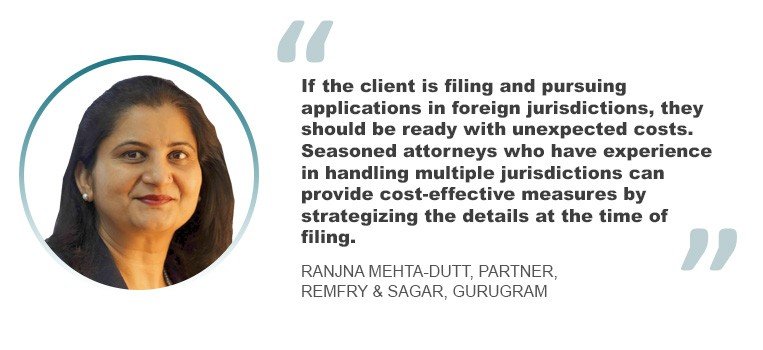
The Madrid Protocol offers many advantages to applicants, not the least of which is its cost-effectiveness. It has stringent registration time frames which national IP offices have to comply with. The system also allows the subsequent addition of designations and ease of post-registration maintenance.
However, the Madrid Protocol dangles a major challenge: the risk of central attack to the basic application.
“This is because the validity of the international registration is dependent on the validity of the basic application for the first five years of the registration date of the international registration. This means that if the basic application is rejected or if accepted for registration, is successfully opposed or invalidated during this period, the international registrations covering all the countries designated will also lapse and must be transformed into national applications, which would be quite costly,” said Khatri.
He said the firm regularly has clients facing this dilemma. To solve the problem, lawyers recommend clients to first conduct pre-filing, full availability searches in all classes of interest in the basic application country to assess the risk of “central attack” against the basic application.
“The applicant should only file an international registration if no obstacles have been located from our searches, or if there are appropriate risk mitigation strategies in place. We also recommend that other countries of interest are also covered in the searches to understand potential obstacles and implement risk mitigation strategies for all jurisdictions,” he said.
It is also a good idea for the right owner to claim priority based on the first application in a Paris Convention member country. This is particularly advantageous for those applying for trademark registration in first-to-file jurisdictions.
Established in 1833, the Paris Convention is an international agreement for the protection of patents, industrial designs, services marks, trade names and others.
For patent filings in particular, Dutt said: “Based on the jurisdictions identified by applicants, different drafting strategies, depending upon the patentability criteria as well as option of filing convention or PCT application, is advised. The claims are accordingly drafted depending on the allow-ability criteria of different jurisdictions. For example, method of treatment or Swiss-type claims would be included in the draft even if the same are not allowable in India but are/may be allowed in other jurisdictions.”
Companies may also tap law firms with affiliations or representatives in the jurisdictions where they intend to file.
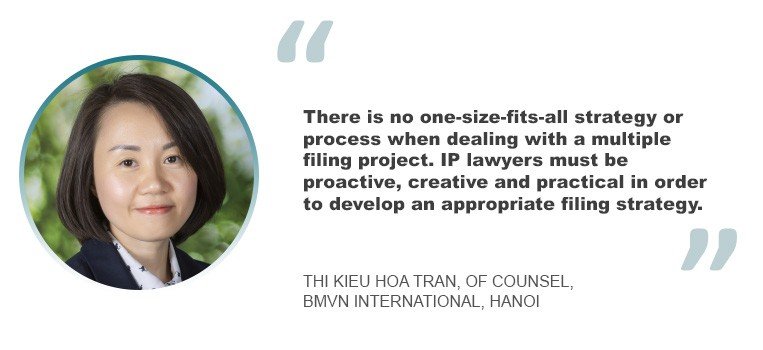
“This may come in handy such as at times where office action is raised by the trademark office in the respective country. Involvement of a local agent or representation may be needed,” said Ockvalynie.
However, Wulansari said this could lead to problems if local representatives take a long time in responding to queries or if particular actions, such as monitoring the application, checking and forwarding certificates of registrations and others, will require additional costs.
Dutt also suggests seeking the services of attorneys with particular expertise in filing and prosecuting applications in different jurisdictions. They come in handy, she said, when it comes to these unexpected costs.
“If the client is filing and pursuing applications in foreign jurisdictions, they should be ready with unexpected costs as it is not always possible to predict the cost. Seasoned attorneys who have experience in handling multiple jurisdictions can provide cost-effective measures by strategizing the drafting, filing requirement, compilation of formal documents and other details at the time of filing besides analyzing and anticipating the objections at prosecution stage to minimize the number of actions,” explained Dutt.

“There is no one-size-fits-all strategy or process when dealing with a multiple filing project,” said Tran. “That being said, IP lawyers must be proactive, creative and practical in order to develop an appropriate filing strategy that not only is in line with clients’ internal policies and budgets but also capable of achieving the ultimate goal of success for the project.”
However, Toh emphasized that differences among jurisdictions where IP is concerned is not merely confined within the initial filing stage.
“In putting together the filing program, the IP owner needs to consider the differences at the later stages such as the actual probability of litigation, the quantum of possible damages and allocate resources accordingly,” said Toh. “It may well be that the IP owner decides to file more broadly, more extensively or defensively as the jurisdiction requires.”
Multijurisdictional IP asset management is also critical to business, said Tran. Multijurisdictional IP asset management requires paying close attention to each jurisdiction's various requirements such as maintaining and enforcing registered IP rights.
Espie Angelica E. de Leon






